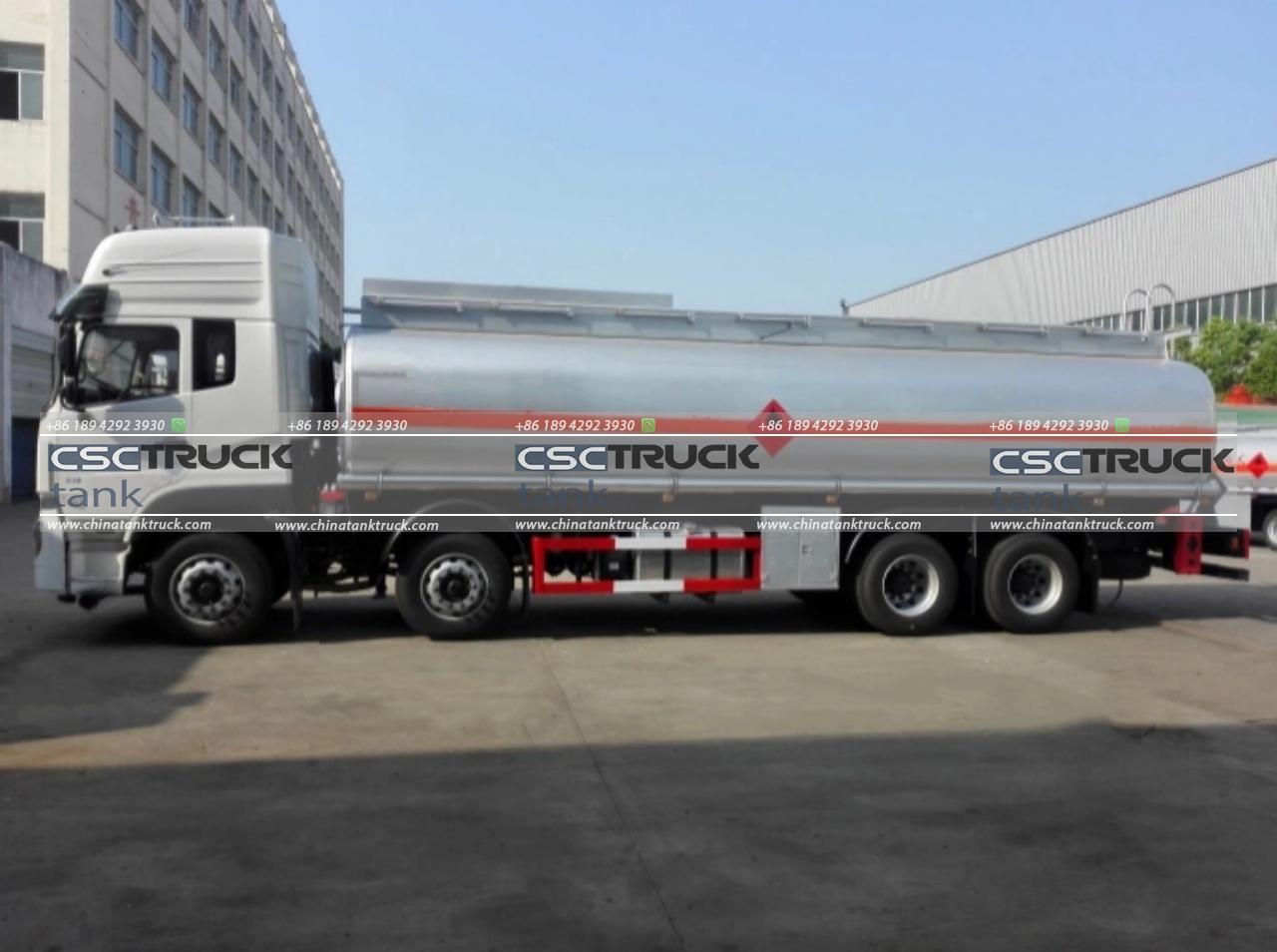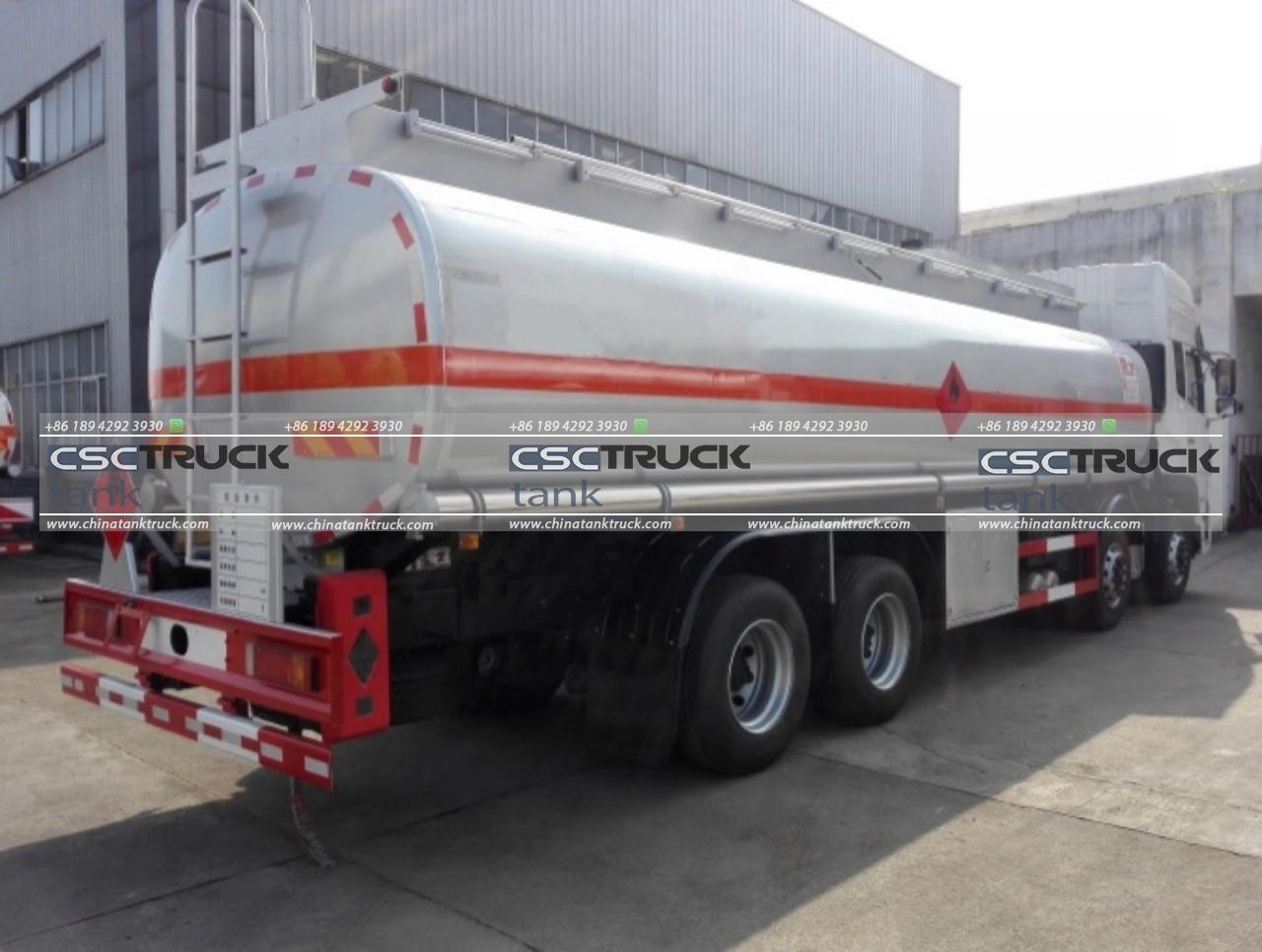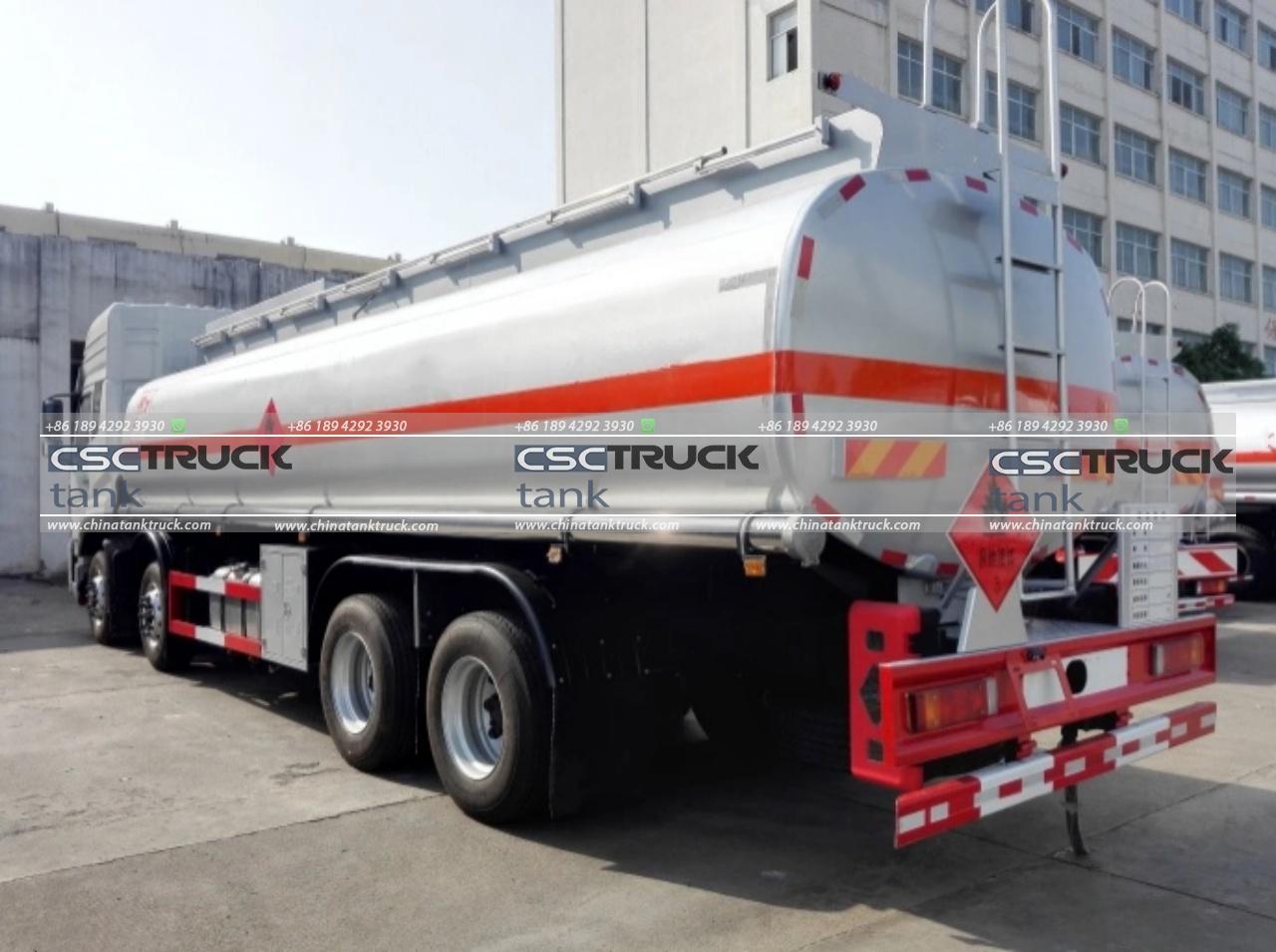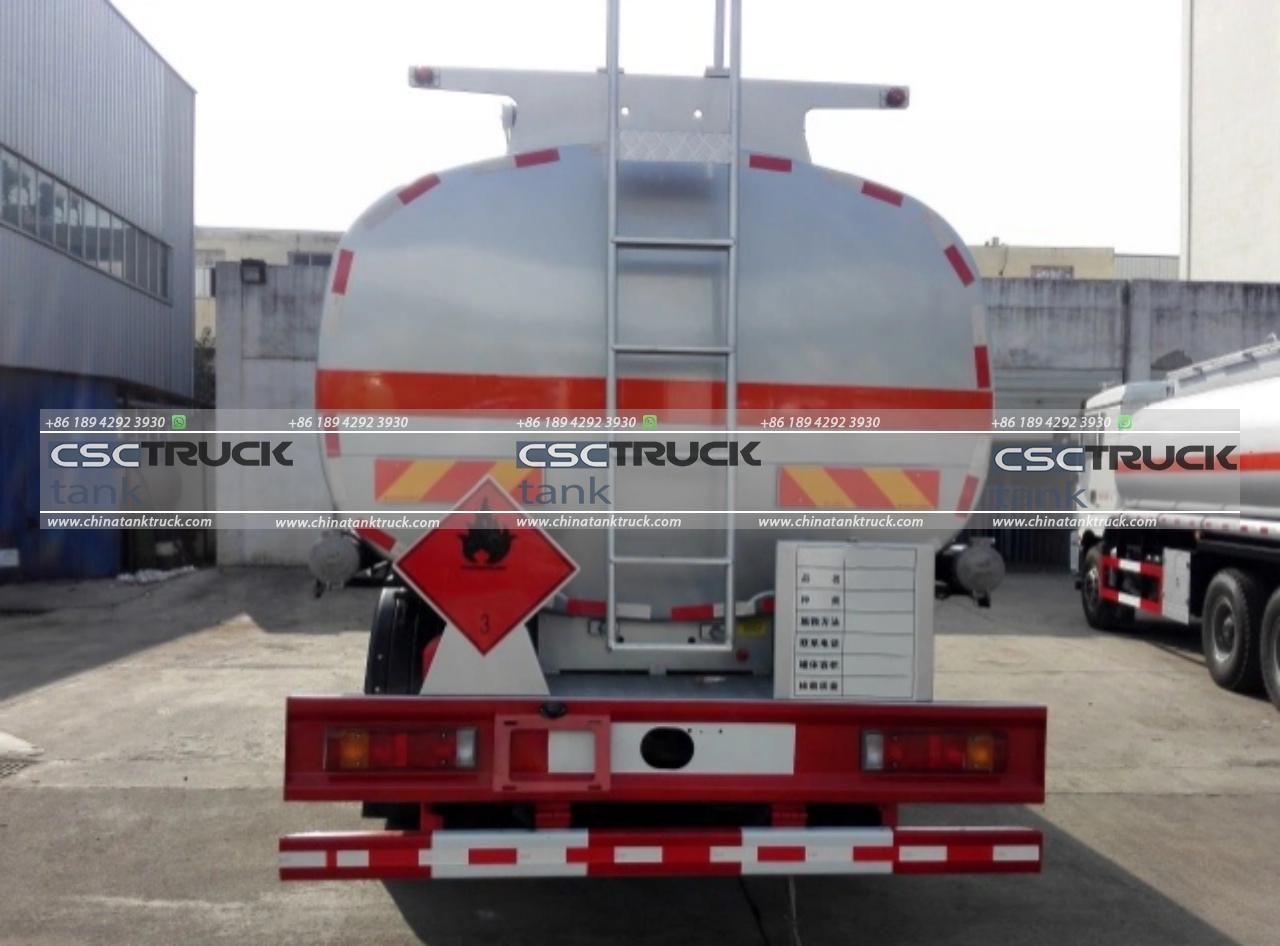What is a Diesel Fuel Tank?
A diesel fuel tank, also known simply as a fuel tank, is a storage device used primarily to hold diesel fuel for various types of vehicles, generators, or other engines. In essence, a diesel fuel tank is essential for storing and delivering fuel to a diesel engine, playing a crucial role in a wide range of applications, from small generators to massive industrial trucks. Understanding the characteristics, components, and considerations of a diesel fuel tank is important for anyone involved in transportation, logistics, or industries reliant on diesel-powered machinery.
1. Basics of Diesel Fuel and Its Applications
Diesel is a type of fuel derived from crude oil, designed for engines that rely on compression for combustion rather than a spark, as is the case with gasoline engines. Diesel engines are known for their durability, fuel efficiency, and ability to generate high torque. They are commonly found in vehicles like trucks, buses, agricultural machinery, ships, and construction equipment, as well as stationary applications such as power generators. To operate effectively, these engines require a steady supply of diesel fuel, which is stored in a diesel fuel tank.

2. Components and Structure of a Diesel Fuel Tank
A diesel fuel tank typically comprises several critical components designed to contain, protect, and dispense fuel safely. Here’s an overview of the main parts:
– Tank Body: This is the primary container made of materials like steel, aluminum, or high-density polyethylene (HDPE) that can withstand the physical and chemical properties of diesel fuel.
– Fuel Fill Pipe: This is the pipe through which fuel is added to the tank. It’s usually fitted with a cap that helps prevent fuel evaporation and contamination.
– Fuel Sending Unit: This device monitors the level of fuel inside the tank and sends information to the fuel gauge on the vehicle’s dashboard.
– Venting System: Proper venting is essential to prevent pressure buildup inside the tank. Vent pipes or caps allow the tank to “breathe,” letting air in or out as fuel is added or consumed, while also reducing the risk of tank deformation.
– Baffles: Baffles are internal structures within the tank designed to reduce fuel movement during acceleration, braking, or while driving on rough terrain. This helps keep the vehicle stable and prevents unnecessary fuel sloshing.
– Drain Plug: Some tanks have a drain plug that allows for easy draining of fuel, which can be necessary for cleaning or maintenance.
– Fuel Lines: These tubes transfer diesel from the tank to the engine. They are typically made of materials that resist corrosion and withstand high pressure.
Each of these components plays an essential role in ensuring the safe and efficient functioning of a diesel fuel tank.
3. Types of Diesel Fuel Tanks
There are several types of diesel fuel tanks, categorized by their size, application, and installation type:
– Portable Fuel Tanks: These are often smaller tanks used for temporary fuel storage or transfer, commonly found on construction sites or in agriculture. They are designed to be moved as needed and may include built-in pumps for easy dispensing.
– Vehicle Fuel Tanks: These are permanently installed in vehicles and vary in size depending on the vehicle type. Trucks, buses, and heavy-duty machinery usually have large tanks to minimize the need for frequent refueling.
– Underground Storage Tanks (USTs): These large tanks are buried underground, often at fueling stations. USTs are beneficial for safety and space-saving but require regular monitoring for leaks due to environmental risks.
– Above-Ground Storage Tanks (ASTs): These tanks are typically located on the surface and are easier to inspect and maintain. They are commonly used in industrial and commercial facilities and come in various sizes, from small to large-capacity tanks.
Each type of diesel fuel tank serves a specific purpose, and the choice depends on the intended application, capacity requirements, and safety considerations.

4. Diesel Fuel Tank Materials
The material of a diesel fuel tank can vary based on its application and the environment where it will be used. Common materials include:
– Steel: Known for its durability and strength, steel is a popular choice for heavy-duty applications. However, steel tanks are susceptible to rust and corrosion, especially if not properly coated.
– Aluminum: Lighter than steel, aluminum tanks are less prone to corrosion and are often used in commercial vehicles to improve fuel efficiency due to their lower weight.
– High-Density Polyethylene (HDPE): HDPE is a type of plastic known for its resistance to corrosion, impact, and harsh weather conditions. HDPE tanks are commonly used in smaller applications, such as portable fuel tanks, and are relatively lightweight and cost-effective.
– Fiberglass: Fiberglass tanks are also resistant to corrosion and are commonly used in both underground and above-ground applications. They are often preferred for long-term storage applications due to their durability.
The choice of material for a diesel fuel tank depends on factors like weight considerations, exposure to environmental conditions, and longevity requirements.
5. Safety Considerations for Diesel Fuel Tanks
Diesel fuel is flammable, so fuel tanks must be designed and handled with safety in mind. Here are key safety considerations:
– Leak Prevention: Leaks can cause environmental contamination and pose fire hazards. Diesel fuel tanks are typically equipped with seals and regularly inspected to prevent leaks.
– Ventilation: Proper ventilation reduces pressure buildup, preventing explosions and making it safer to fill or empty the tank.
– Grounding and Bonding: For tanks used in fueling or refueling, grounding, and bonding are essential to prevent static electricity buildup, which can cause sparks and potentially ignite diesel fuel.
– Fire Resistance: Some tanks are designed to be fire-resistant, particularly those used for fuel storage in high-risk areas. Fire-resistant coatings can add a layer of protection.
– Maintenance: Regular maintenance, including checking for corrosion, cracks, and leaks, is crucial to ensure the tank remains in good working condition and reduces the risk of environmental or safety hazards.

6. Maintenance and Regulations
To maintain a diesel fuel tank effectively, regular inspections and adherence to regulations are necessary. Regulatory bodies such as the Environmental Protection Agency (EPA) in the United States have guidelines for storage tanks to minimize environmental hazards. Regular inspections can identify issues like rust or leaks before they become major problems. Maintenance practices include:
– Visual Inspections: Checking the tank for visible cracks, dents, or corrosion.
– Cleaning: Periodically cleaning the tank helps remove any sediment or buildup that can clog the fuel system or reduce fuel quality.
– Monitoring Fuel Quality: Ensuring that water or other contaminants are not present in the tank, as these can affect the performance of the engine and the lifespan of the tank.
7. Environmental Considerations
Diesel fuel tanks pose specific environmental challenges, especially if leaks occur. Diesel fuel is a pollutant and can cause soil and water contamination. Regulations, such as those from the EPA, aim to prevent environmental damage by enforcing strict guidelines on fuel storage tanks, including monitoring, leak detection, and secondary containment measures.

Conclusion
A diesel fuel tank is much more than a simple container for fuel; it is a critical component for the effective and safe operation of diesel engines across various applications. From vehicles and machinery to industrial storage, diesel fuel tanks are designed with safety, durability, and environmental considerations in mind. Regular maintenance, adherence to safety protocols, and compliance with regulations are all necessary to ensure that diesel fuel tanks function properly and mitigate environmental impact.

